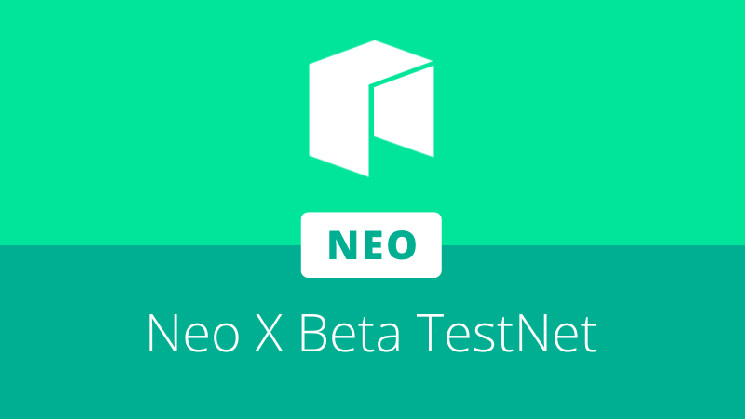Neo has launched the Neo X Beta TestNet, bringing with it a new set of features as progress towards the MainNet launch continues. The latest iteration features multi-node governance capabilities in addition to an enhanced, bi-directional bridge between Neo N3 and Neo X.
The Neo X Beta TestNet features major interoperability and governance upgrades, helping to better define the usage of the network’s only native asset, GAS. Unlike the dual NEO/GAS token model of Neo N3, Neo X will use GAS as both the governance and utility token.
GAS will only ever be generated on the Neo N3 network as a reward for validators and NEO holders/voters. To use GAS on Neo X, it must first be bridged from Neo N3. A native bridge was developed to facilitate this process, now updated from the alpha version with a range of new functionality.
The growing Early Access developer group is available to experienced developers looking to test the new features. The group is hosted on the Neo Discord, providing technical resources and feedback channels for users. Developers may apply to join the group using the form here.
Bridge enhancements
The upgraded bridge includes numerous security and user experience enhancements. In its original form, the native bridge between Neo N3 and Neo X was a one-way system. Users could deposit TestNet GAS on N3 and receive the assets ready to use on Neo X. Following the update, both deposits and withdrawals of GAS are supported.
As with the previous build, the TestNet bridge works with NeoLine and MetaMask wallets. Bridging has a fixed fee of 0.1 GAS in either direction.
A new role management system, where a “Security Guard” can pause bridge operations and a “Governor” can propose updates and resume operations was added to facilitate a smooth upgrade process. Preparations to support other ERC-20 or NEP-17 assets, including NEO, are also underway.
Once bridged to Neo X, GAS can be used to pay for transactions as the native utility token, or be put to work in its new capacity as a governance token.
Neo X governance
Like Neo N3, Neo X adopts the dBFT consensus mechanism, where elected nodes can collaborate to adjust protocol-level parameters. The Beta TestNet will be the first time that entities can register their candidacy for election to consensus nodes and earn the associated GAS rewards.
Comprehensive documentation of the governance system has yet to be published, but basic candidate criteria, registration requirements, and protocol details have now emerged.
Candidate registration and voting
Neo X consensus node candidates are required to meet a range of hardware requirements, including minimum performance, maintenance, and robustness standards. Candidates should also represent a known entity or institution operating within the blockchain industry.
1,000 GAS is required to register as a candidate, however unlike Neo N3, this sum is treated as a deposit rather than burned. The tokens are staked, with an exit process available for recovery. The locking period is tentatively set as two weeks, or approximately two epochs (120,960 blocks).
An epoch corresponds to one election period, where the next set of seven consensus nodes are selected by voters. All GAS holders are eligible to vote for a candidate by staking GAS, with the quantity of GAS tokens staked determining the vote power (and potential rewards) of the address.
Incentive mechanism
As GAS is not produced on Neo X, rewards for each election epoch are accrued from transaction fees. These fees are distributed evenly among the seven nodes responsible for validating blocks for the duration of the epoch.
Each consensus node may select its own distribution ratio, which determines the percentage of the reward to be shared with its voters and cannot be changed without the node exit procedure. A consensus node with a 50% distribution rate will keep half of the 1/7 split of the epoch’s transaction fees, and share the remaining half with its voters. The share received by an individual voter is determined by their relative vote contribution from the GAS staking process.
A penalty system is also being designed in order to prevent malicious or negligent consensus node operation. Penalties being explored include temporary or permanent blacklisting from the consensus process, as well as the slashing of candidate deposits. Examples of malicious actions could include failing to produce valid blocks or not completing anti-MEV decryption key distribution.
Seven standby consensus nodes will be used to safeguard network operations during the start of the beta. However, these nodes will be replaced once seven qualified candidate nodes are available and the total amount of GAS staked for voting exceeds 3 million units. This will allow fully decentralized governance to be tested prior to the eventual MainNet release of Neo X.
More information about the Neo X Beta TestNet launch may be found in the original article below:
https://medium.com/neo-smart-economy/neo-launches-the-neo-x-beta-testnet-0b861b3dd366
 neonewstoday.com
neonewstoday.com
